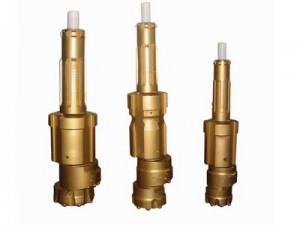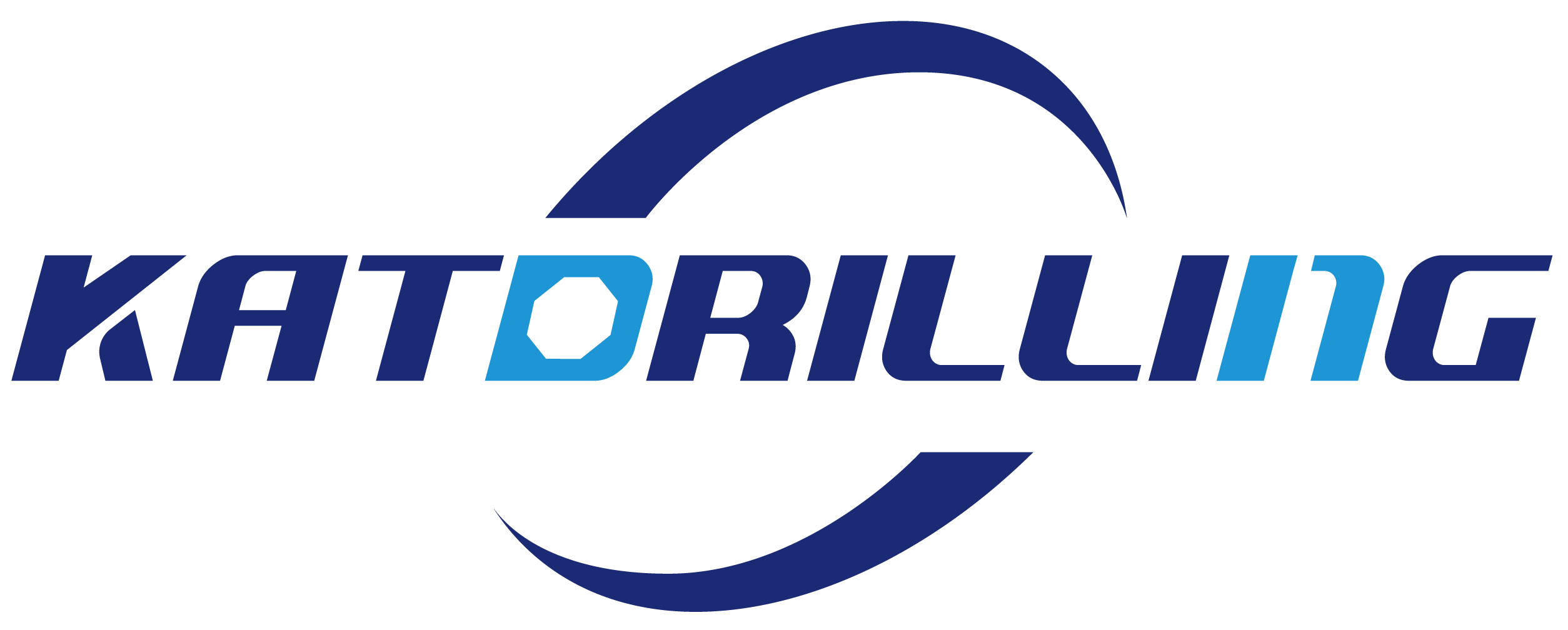An intervention could take a variety of forms. It could be large grants for research to find better sorbent materials, for instance, which would be similar to government investments that long ago helped nurture the solar- and wind-power industries. But help could also come by expanding regulations that already exist. A new and obscure United States tax provision, known as 45Q and signed last year by President Trump, offers a tax credit of up to $50 a ton for companies that bury CO₂ in geologic formations. The credit can benefit oil and gas firms that pump CO₂ underground during drilling work, as well as power plants that capture emissions directly from their smokestacks. Yet it could be used by Climeworks too, should it open plants in the United States — but only if it manages to remove and bury 100,000 tons of CO₂ per year.
Atlas Copco will focus on automation at MINExpo 2016, 26-28 September, Las Vegas, US. The company’s booth will showcase a wide range of solutions aimed at tackling many of today’s toughest challenges in the mining industry.
At Aled Rees’ organic dairy unit in north Pembrokeshire, the situation has become so dire he is seriously thinking of hiring in a professional water diviner to find alternative groundwater sources on his land.
Materials provided by GFZ GeoForschungsZentrum Potsdam, Helmholtz Centre. Note: Content may be edited for style and length.

- Q4-2018 group production from continuing operations increased by 25% over the previous quarter to 174koz and AISC declined by 14% to $707/oz due to a strong quarter at all mines.
Indeed, there’s still plenty more left to discover, including describing and understanding what exactly it is that’s living down there. Some are thriving, while others are those aforementioned “zombies” – organisms kept in a suspended, barely active state, just about surviving. What exactly is the true proportion of thrivers to survivors? Where to they get their energy from? How does life even move around below there, and what impact does it all have on the surface world?
It uses edge LED backlighting rather than a full array setup, but the KDL-40W905A has some of the best black levels we’ve seen from an LCD TV. Sat side by side with a plasma TV, we were hard pushed to decide which was best. There are barely any signs of clouding or backlight bleed, and it produced deeply black colours even during scenes that were otherwise brightly lit. The one exception is if you sit at an angle to the TV, as wider viewing angles compromise contrast and colour. Sat face on, however, this is about as good as LCD TVs get.
The Smart Cities Mission has not visibly improved living conditions or citizens’ participation in urban …

"By thinking that we can ‘give’ people out of poverty has never worked, it never will work, and it causes incredible harm," he said.
For mineral exploration, seismic methods are increasingly used to search for base metals, gold, massive sulfides, as an aid for monitoring geologic hazards and mine planning. The merits this method affords beats the high financial cost implication. It provides a larger lateral view and 2-dimension or high 3-dimensional resolution of geologic structure in which minerals are hosted at greater depths, and in some cases, it can serve to directly indicate the presence of minerals. Countries such as Canada, now having growing importance in the use of seismic method for mineral exploration. A typical example is the exploration for uranium deposits near unconformity zone separating clastic sequence from a metamorphic crystalline basement in the Athabasca Basin. In Finland, seismic survey has also been used to plan a 2.4km deep-drilling program around Outokumpu massive sulfide site. More recently, Ahmadi (2015), applied seismic reflection method to explore for sulfide deposit of a polymetallic nature. Other countries where seismic method has been significantly used include South Africa, and Australia.
After his dream about the drill, and a series of fortuitous connections, BYU students Devin LeBaron, Eric Jammohamed, Jimmy Stacey, Ken Langely, Nathan Toone and Sabin Gautam worked on the design for eight months as a BYU Capstone project.
The centerpiece of Chicago band the Jesus Lizard’s second album, Goat, is a masterclass in noise-rock majesty. It’s not a conventionally catchy or pretty song, necessarily, but by the standards of feedback-loving ’90s Marshall stack wreckers, it’s a goddamn symphony. The rhythm section of Mac McNeilly and David Sims creates a raw, pummeling, and ominous backdrop for what’s ultimately a showcase for both vocalist David Yow (formerly of Scratch Acid) and guitarist Duane Denison at their best. Denison shows his share of restraint in the song, playing a melancholy arpeggio riff that stands out among the band’s most melodic moments. That sense of relative calm is pierced with a blood-curdling scream around 1:08, and it’s right here that the song proves to be more than it initially appears, a blend of beauty and horror, menace and mastery, climaxing with some of the most intense yet strangely beautiful sounds Denison ever wrung from his guitar. Much has been made of how wild the Jesus Lizard’s live shows were, which isn’t wrong. But “Monkey Trick,” which even Yow said was the band’s best song, is proof of how much artistry went into those drunken, pants-dropping orgies of chaos.
Controversy after DNA from genealogy website used to trace serial killer suspect | Rc Dth Hammer Related Video:
, , ,
